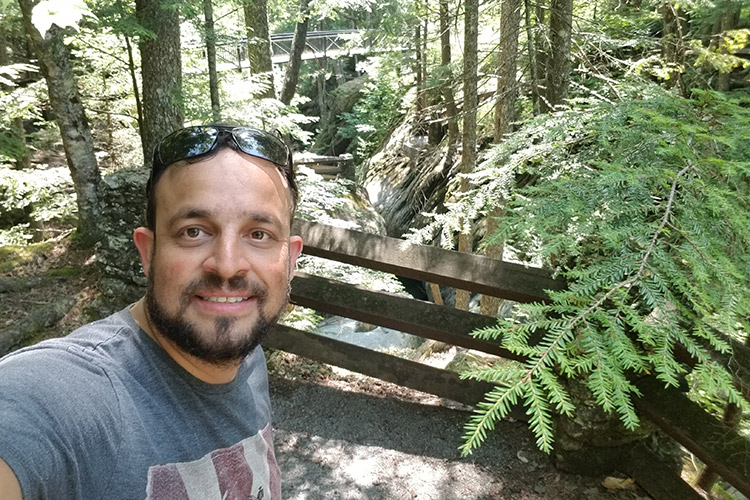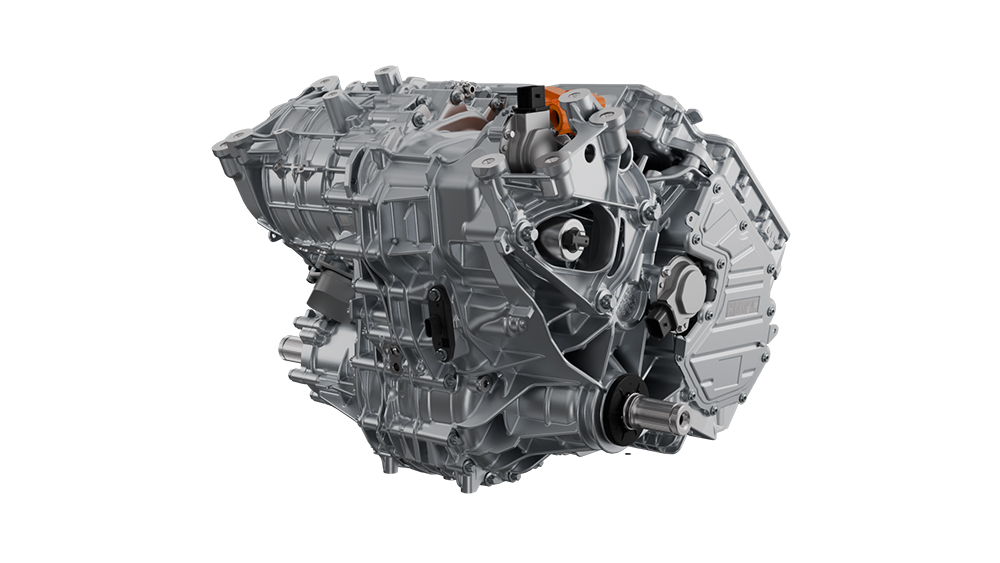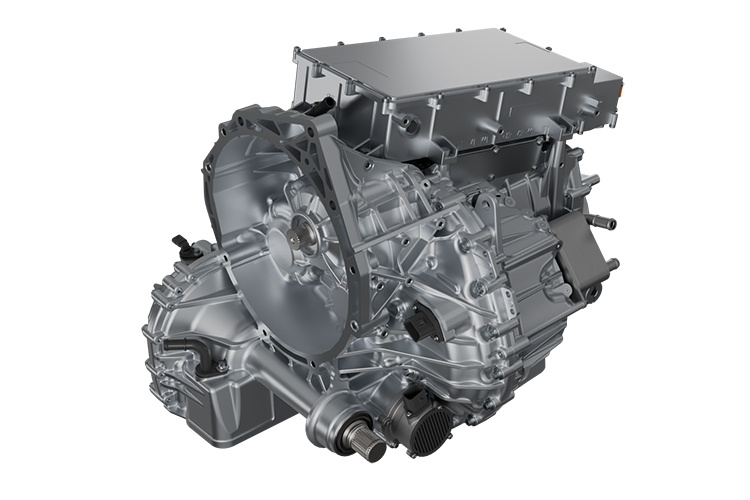
CULTIVATING AWARENESS
Big Picture: Awareness and understanding are the first steps toward sustainability. It starts with understanding what kind of energy you use, and then tracking it. Then, you can begin to take action and set a target. We’ve spent the better part of a year at Magna Seating studying how to track and reduce energy usage in our 70 plants and facilities around the world.
The next step is to become knowledgeable about solutions. I put solar panels in my home because I wanted to learn about them. It then becomes easier for me to understand what we need to do at Magna, as we potentially investigate solar panels in our facilities.
Practical Steps: We are offsetting greenhouse gases in our facilities, working on energy-reduction projects, and encouraging everyone to think before they act. Our energy-saving initiatives start at our U.S. corporate office for Magna Seating, where we’ve done everything from installing motion sensors on lighting to using a “smart controller” to reduce or eliminate water usage based on weather conditions.
The Takeaway: Decreasing our carbon footprint is the right thing to do. It’s just that simple to me.
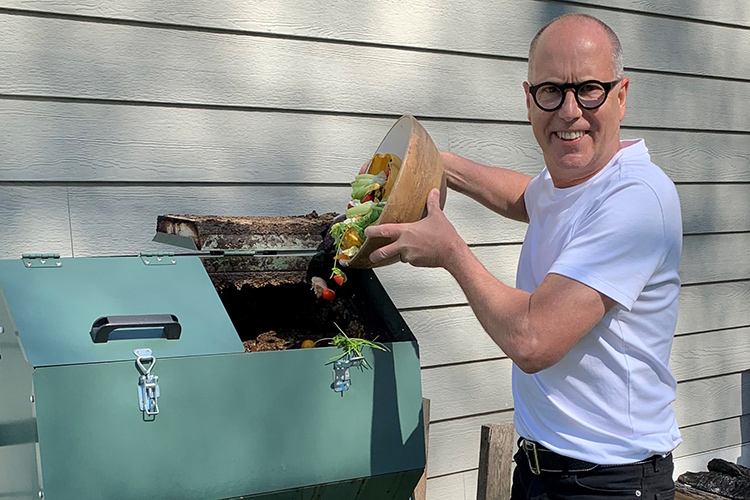
JOHN OILAR, Vice President of Engineering, Magna Seating Sustainability Group Lead
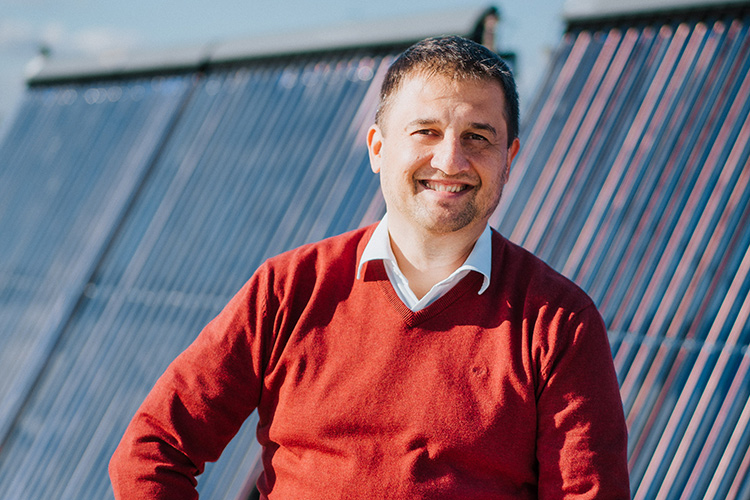
ROMAN PÖLTNER, Director, Infrastructure Management and Group HSE, Magna Steyr Sustainability Group Lead
CREATING A NEW MINDSET
Big Picture: In the past, we were always talking about division-specific activities to become sustainable. Now, we have a real Magna corporate strategy, not just individual projects. This gives us new opportunities and a new framework for each group to set specific targets to follow. This is a big step toward a sustainable future.
These targets help us to create a new mindset for employees, and that’s one of the most important things. People need to be mindful about their contribution to protecting the planet at home and at work. It’s about the circle of life, and ensuring that we leave a better world for future generations.
Practical Steps: Our plan is to show Magna customers we are making monthly progress toward reaching our sustainability targets. A major achievement: Our Magna Steyr plant in Graz will achieve carbon neutrality by 2022, ahead of our overall corporate CO2 goal.
At Steyr, we use geothermal heating and cooling, and electricity that is 100% renewable. In 2021, we started Project Cycle Champ, which promotes riding bicycles to work by providing charging stations for e- bikes, a self-repair station and parking slots for 900 bikes. We created a wildflower meadow at our test track and installed beehives for pollinators.
The Takeaway: We are all responsible for meeting our sustainability goals.
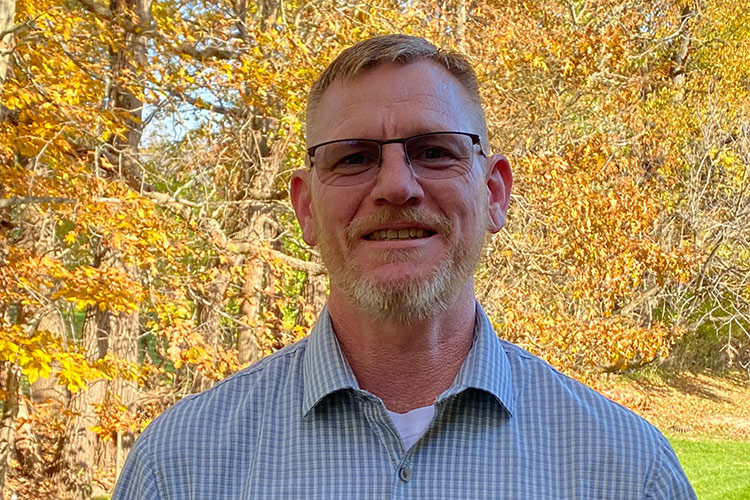
KEVIN KAMMERER, Group Environmental and Sustainability Manager, Magna Exteriors Sustainability Group Lead
SMALL STEPS TOWARD SUSTAINABILITY ADD UP
Big Picture: I’m ecstatic about what Magna is doing for sustainability. We announced our carbon-neutral goals ahead of most of our competitors. Now it’s up to us to achieve those lofty goals in a short timeframe. I’m proud to work for this company because we are showing what can be done if we all work toward one goal. But the challenge is great, especially for Magna Exteriors, which is the second largest consumer of energy in the company, due to our paint shops and injection molding.
Practical Steps: We’ve got energy teams at our 58 facilities, and they are focusing on the top 10 energy consumers at each division, from air compressors and cooling towers to paint shops. By using emerging technology, such as ultrasonic meters, we can locate and repair air leaks in the system. We are exceeding our goals for an annual reduction in energy consumption at most of our divisions. A personal challenge for me: Investigating different promising technologies for getting rid of paint sludge.
The Takeaway: Remember that even little things we do, from gardens for pollinators to reduced logistics costs, add up at the end of the day.
STAKEHOLDER ANALYSIS: A KEY PART OF THE STRATEGY
Big Picture: Running the business successfully means meeting our stakeholders’ requirements. We face a huge number of varying requirements from customers, investors and regulators as to what is expected around sustainability. We’ve aligned Powertrain’s strategy with Magna’s overall sustainability vision to make a difference with our products, processes and people while also addressing the economic, environmental and social aspects important to all stakeholders.
There are many opportunities to reduce CO2 emissions within our own operations and production processes, which account for 20 to 40% of all emissions. And another 60 to 80% of CO2 emissions come from the supply chain, so we must work together with our suppliers to help them improve as well. This can include the use of recycled materials as well as improved manufacturing and product development processes.
Practical Steps: 32 Magna Powertrain locations are creating their own “energy roadmaps.” We are sharing ideas through a global system. With energy conservation and efficiency measures, there are some quick solutions divisions can employ, such as using LED lights and heat generated from production processes to heat the building. Preventing compressed air leaks and switching off machines during off hours can also provide significant reductions. This same energy-conscious mindset can easily be applied at home as well by turning off lights or lowering the thermostat in the winter. Whether at work or at home, there are savings and environmental benefits to be gained.
The Takeaway: It’s important to balance economic, environmental and social impacts of what we do at work and at home to be successful in becoming more sustainable.
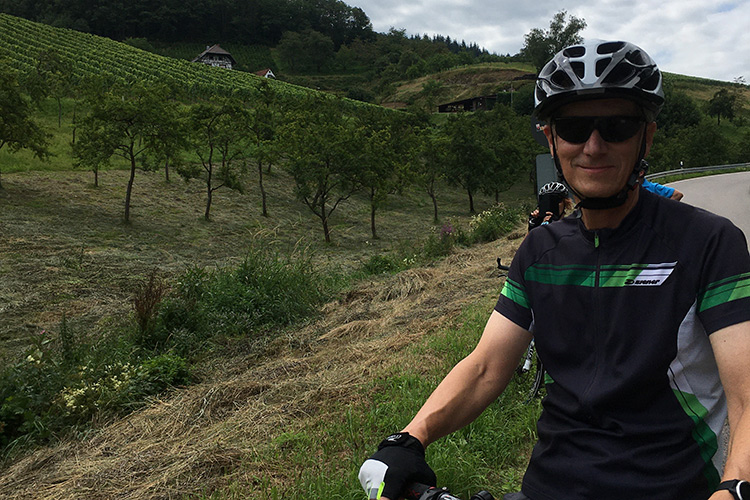
VOLKER LUDWIG, Director, Global Sustainability & EHS, Magna Powertrain Sustainability Group Lead

DARREN CHARBONNEAU, Global Lean Manufacturing and Sustainability, Magna Mechatronics, Mirrors and Lighting Sustainability Group Lead
SUSTAINABILITY STARTS AT THE SHOP FLOOR
Big Picture: Everybody thinks of sustainability as electricity, water and natural gas conservation. These carry the biggest cost for a company like Magna, but they are only a small part of the equation. We must think bigger. Sustainability is about making a better society and meeting our needs today, but not sacrificing future generations’ needs.
We’ve been introducing our divisions to the United Nation’s 17 Sustainable Development Goals (SDGs) and how they can make positive impacts. These SDGs include no poverty or hunger, quality education, gender equality, energy and climate actions, and several other important areas. Following the SDGs will make Magna the best part of our communities.
Practical Steps: We must get down to the shop-floor level on sustainability. We need people participating in charity drives, tree planting and energy “treasure hunts,” where you can hear, see and sense the things that are drawing energy. On a recent “treasure hunt” at Techform in Ontario, multiple people from several departments came up with $60,000 in improvements by changing behaviors and practices in many areas.
We have a new matrix or scorecard that tracks how the 48 MML and Electronics divisions are improving each month as they adhere to the UN’s SDGs. In addition, we have set a goal of a minimum of five energy projects per year for each division.
The Takeaway: Don’t compromise the future by your actions today.
We want to hear from you
Send us your questions, thoughts and inquiries or engage in the conversation on social media.
Related Stories
Stay connected
You can stay connected with Magna News and Stories through email alerts sent to your inbox in real time.
